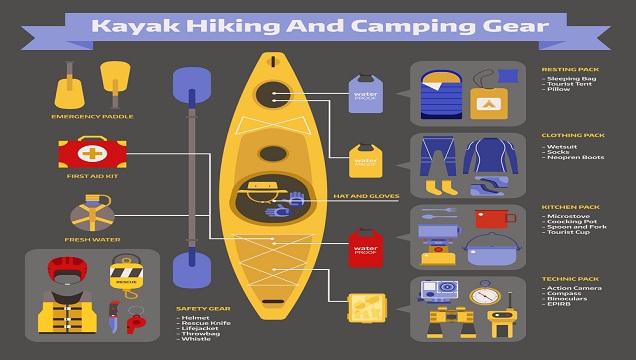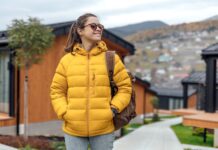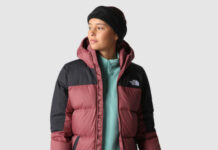It doesn’t matter whether you’re a beginner hiker or have years of experience, we always get confuse about one thing: what we should wear! Do we really need hiking-specific pants and shirts? Do we really need to buy expensive hiking wears?
In this blog post, I’ll tell you what attire you should take in your backpack, along with your best hiking gear while in the woods. So, let’s discuss them one by one.
#1. Underwear
It took me years of trekking to learn that the layer closest to your body makes an impact! I knew it the hard way. However, you don’t have to. Just avoid cotton while buying your hiking underwear, and you’ll be good to go. This is because cotton absorbs sweat, and it can’t protect our most valuable asset! Instead, you can choose better fabrics like polyester, nylon, and merino wool.
#2. Shirts
One word describes this layer: wicking. It must wick sweat away to keep you comfortable and dry, whether it’s a base layer on a frigid winter trek, a short-sleeved shirt in the spring, or a long-sleeved UPF-protecting shirt in the summer. The finest materials for this layer are merino wool and synthetic fabrics.
#3. Pants
Whether you choose trousers, shorts, skirts, dresses, or other types of bottoms, ease of movement and quick-drying fabrics are essential. A track that involves some rock climbing may shred a thin pair of yoga pants, but a stroll through thick grass may necessitate long trousers to keep unwelcome visitors from sticking themselves to your legs.
#4. Jackets
The style of jacket you wear should be determined by the season and weather conditions you are hiking. Choosing a packable coat (in case you need to remove it along the journey), waterproof, and windproof is a solid rule of thumb. This means that you may use the jacket in any weather situation that arises throughout your walk.
#5. Socks
I know I’m saying this repeatedly; cotton socks should be avoided! Cotton absorbs sweat, so your feet may remain moist for the duration of your journey. This might cause painful blisters, which can ruin your trek (not to mention put you out of action if the blisters get infected!).
#6. Shoes
There are three primary elements to consider while choosing hiking shoes:
- Personal preference: What makes you feel most at ease? Due to the extra ankle support and traction, I prefer to wear my clunky hiking boots for most of the year. On the other hand, friends of mine will wear hiking sandals all year until the winter.
- Weather conditions: A snowy or wet trek would require waterproof, robust footwear, although a short summer hike may usually be done in sneakers or hiking sandals.
- Terran condition: If you’re hiking on a somewhat level track, a pair of comfy shoes may be sufficient. When the terrain becomes rough, and the height rises, a strong pair of hiking boots with ankle protection may be preferable.
#7. Hats
A hat is required for every season, not only for fashion! A cap will keep your head warm in the winter; it will protect your face and neck from the sun in the summer, and it will keep you dry in the rainy season. Remember, they are just as crucial as your hiking shoes.
You now know the fundamentals of hiking bag, clothing, including what to wear and what to avoid, what to do to guarantee a nice trekking day and must-have hiking clothing for the perfect hiking outfit. So, include these items in your best hiking gear backpack, and you’ll be good to go!




